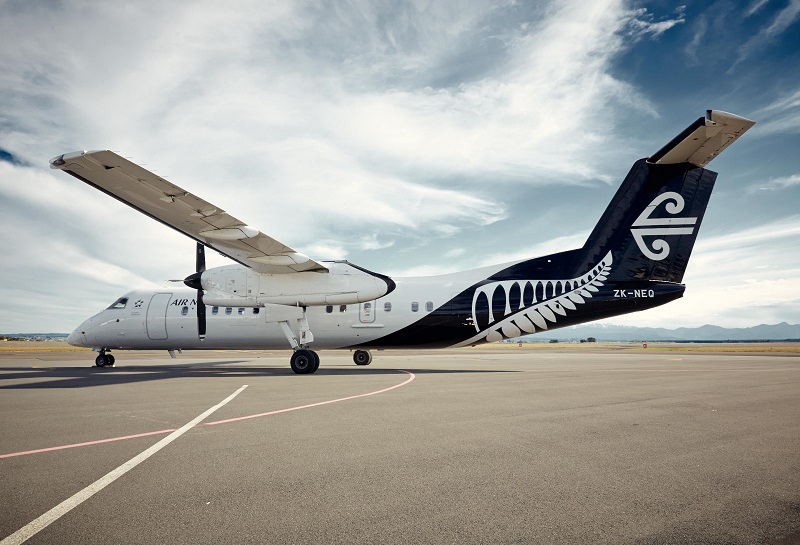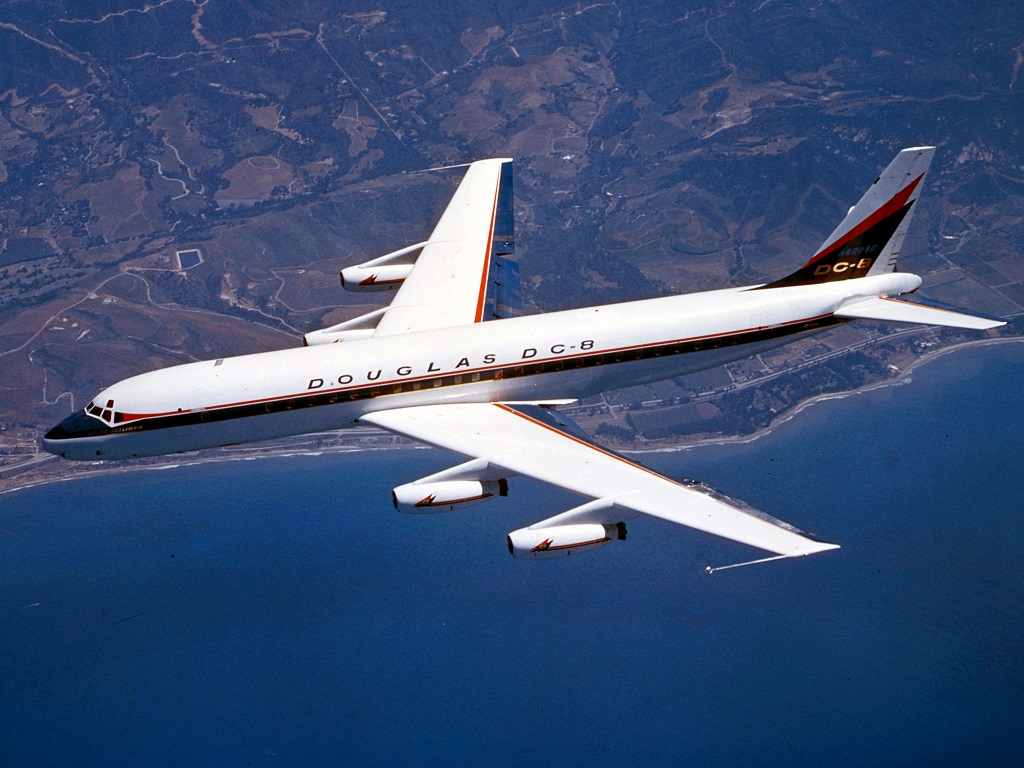Air NZ still on track for zero-emissions aircraft by 2030
09 September, 2021
3 min read


Air New Zealand still expects to test a zero-emissions plane by 2030 as part of a plan to replace its turboprop fleet with green aircraft.
AirNZ chief operational integrity and sustainability officer Capt David Morgan told the September CAPA Live summit that he would like to see a zero-carbon aircraft in the airline’s fleet “sooner rather than later”.
He predicted there could be an electric aircraft in the fleet by 2030 as part of a pilot project that may not carry passengers.
READ: Ryanair blames pricing for failed 737 MAX negotiations.
He said the airline was interested in using electric aircraft for cargo and the project could be used to confirm the viability of that option.
Air NZ has been interested in alternative propulsion for some time and in 2018 signed a deal with turboprop manufacturer ATR to develop hybrid technology. It is also working with Wisk Aero on bringing an autonomous electric taxi service to the market.
The airline flies ATR and Q300 turboprops and Morgan said the Q300 fleet would need replacing at some point after 2030.
“And the aircraft that we'll replace them with will be an aircraft that will be powered by some alternative power,’’ he said. “So that's our expectation. That's the fleet plan at the moment.”
The Air New Zealand executive said it could be that the airline would see a single-engine alternatively powered plane in the fleet before the end of the decade.
But he believed it would be about 10 years before there was a viable, 20- to 30-seater twin-engine alternative but noted he would be happy to be surprised.
“The reality is from what I'm seeing from some of the vendors or these new OEMs that are coming through, they're very focused on delivering the outcome,’’ he said.
“I have to say, I'm quite surprised at the rate of some of the changes and the innovations that are coming through.
“So it's quite exciting, and we want to be part of that.”
Morgan noted that another issue was the electric and green hydrogen infrastructure needed to support alternative aircraft.
A big part of the conversation in New Zealand was ensuring there was a green hydrogen supply and the airport infrastructure needed to support the operation.
“The future is going to be one that's obviously got the ability to reticulate large amounts of electricity, and hopefully that's electricity that's been produced with the appropriate carbon footprint in hydrogen as well,’’ he said.
“So there's two sides to that particular equation (and) our thinking around the viability of that.”
The airline is also working to promote the sustainable aviation fuels (SAFs) industry in New Zealand and Morgan said the plan was to have 50 percent of its goal of net-zero emissions by 2050 delivered by the use of SAFs.
Get the latest news and updates straight to your inbox
No spam, no hassle, no fuss, just airline news direct to you.
By joining our newsletter, you agree to our Privacy Policy
Find us on social media
Comments
No comments yet, be the first to write one.

